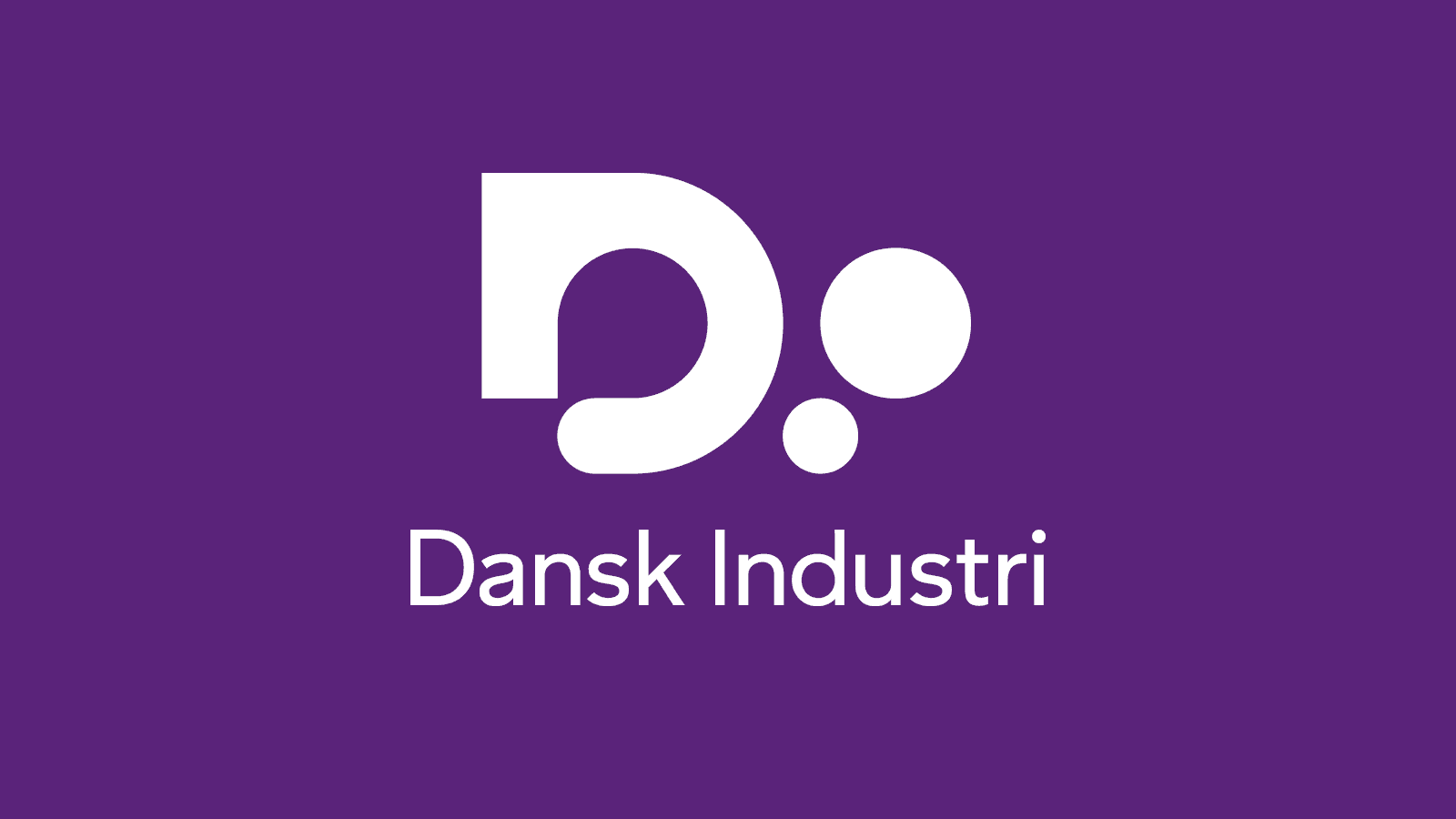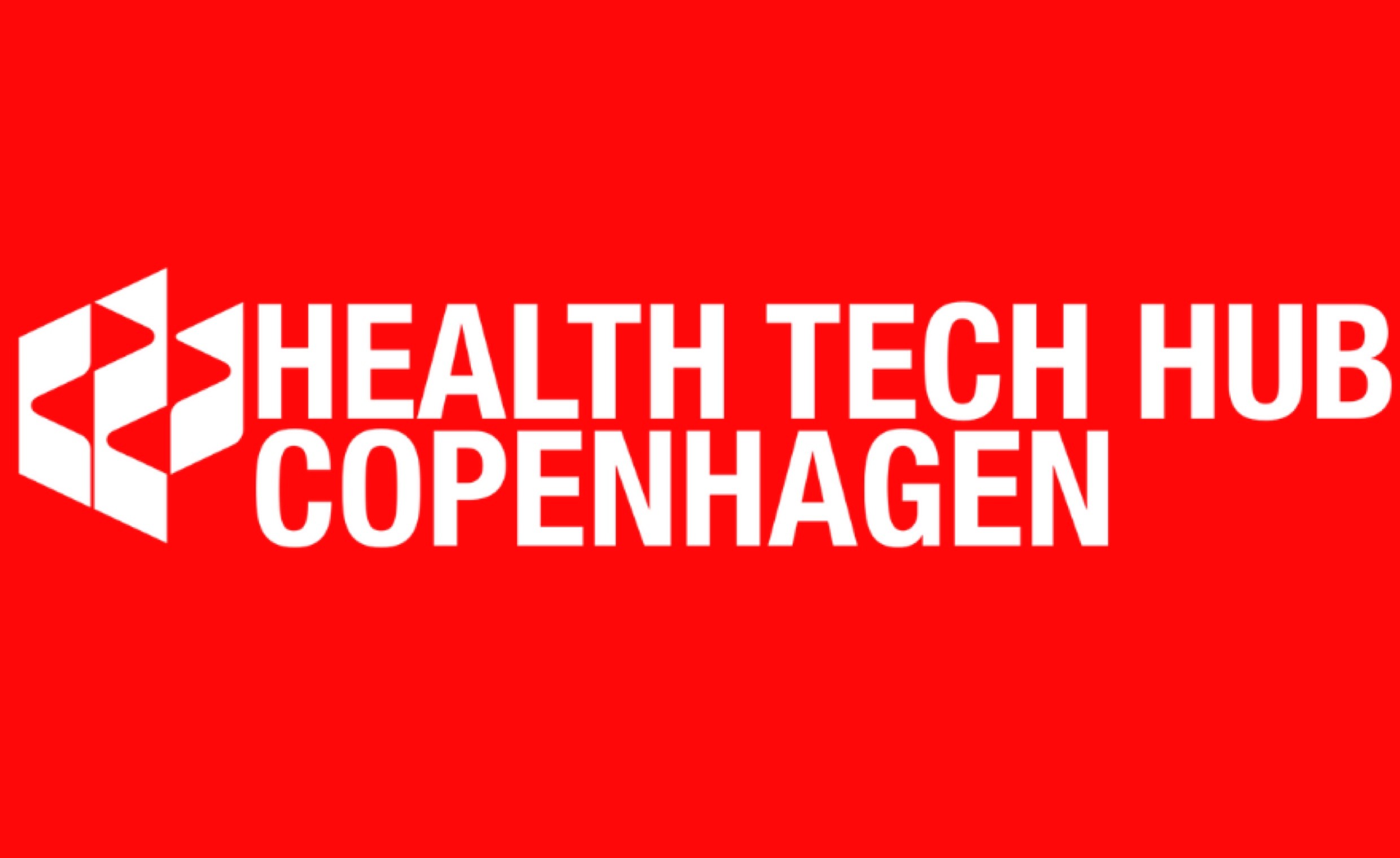
Mar 5, 2025
Today, we are here to help you navigate the jungle of terms related to digital solutions and technologies in healthcare.
Over the past 50 years, computing and information technology have been applied in various fields, including health and medicine.
In fact, the World Health Organization (WHO) sponsors and advocates for the improvement of health for all people, everywhere, through approaches that are appropriate, accessible, affordable, and sustainable. Digital health solutions can play a significant role in accelerating these objectives, as outlined in the WHO’s Global Strategy of Digital Health 2020-2025.
As digital health solutions become increasingly popular, new terms continue to emerge, often overlapping or evolving in their definition.
After conducting some research on the topic, we hope this article will help you navigate the most frequently used terms.
Let’s start with Digital Health
According to the WHO, Digital Health is an umbrella term that includes eHealth as well as emerging areas such as advanced computing sciences (for example, “big data,” genomics, and artificial intelligence).
HealthTech short for Health Technology, is another broad term referring to the use of technology to improve health and healthcare. It encompasses a wide range of products and services that do not necessarily rely on the internet or digital tools (such as computers or phones) to reach patients or healthcare providers. For example, health technologies can include medications and vaccines.
Then we have eHealth
It's a short for Electronic Health, refers to the application of information and communication technologies across the healthcare sector and in support of health-related fields, including healthcare services, health surveillance, health literature, and health education, knowledge, and research. This category includes services such as TeleMedicine (discussed further in this article), electronic health records (EHRs), electronic prescribing systems (ePrescribing or EPS), clinical decision support systems (CDSS), mobile health (mHealth) applications (also explained later in this article), computerized physician order entry (CPOE), and web-based health services (WHS).
TeleMedicine and TeleHealth are popular terms
Those are often confuse people. Although they are frequently used interchangeably – even among professionals – but there is a slight difference between the two.
TeleMedicine is defined as the use of telecommunications technologies to support the remote delivery of various medical, diagnostic, and treatment-related services provided by doctors or certified healthcare providers (6,7). A common example is a video consultation with your general practitioner; other examples include closely monitoring a patient’s progress after treatment or therapy and conducting at-home tests that would otherwise be performed in a healthcare facility (8).
Even More terms
TeleHealth is very similar to TeleMedicine but has a broader meaning. It encompasses the remote delivery of services not only through the internet or digital tools but also includes non-clinical activities. TeleHealth services may be provided by healthcare practitioners as well as other professionals—such as pharmacists or social workers—to support patient health education, social support, medication adherence, and troubleshooting health issues for patients and their caregivers (7).
A related term to the previous two is TeleCare, which refers to the use of digital solutions to support patients in self-managing their health conditions or overall well-being. Examples include health apps for tracking menstrual cycles or mobile apps designed to support physical exercise.
Speaking of mobile apps, another popular term is mHealth, short for “mobile health.” It refers to digital solutions specifically designed for mobile devices. These apps aim to help patients manage and track health conditions, book appointments, receive reminders from a clinic, and even provide training for healthcare providers.
The Impact of Digitalization on Health Services
The digitalization of health services has been pivotal in improving efficiency and saving time within the healthcare system – thanks to the digitalization of clinics and implementation of databases. Moreover, it has extended access to healthcare for people who might otherwise have difficulty reaching these services.
Health technology solutions can facilitate the implementation of health programs and reach rural areas or individuals with limited access to healthcare facilities due to physical or psychological reasons. They can make healthcare services more affordable, convenient, accessible, and equitable. Furthermore, these solutions can be particularly appealing to individuals who feel uncomfortable seeking in-person care due to stigma or privacy concerns, as may be the case with sexually transmitted infections or psychological conditions. It is also important to keep in mind that health technologies should enhance, rather than hinder, the delivery of healthcare services, where the human contact is still very important for care management.
I hope this article has helped clarify some of these terms and provided you with food for thought regarding the use of technology and digital solutions in health.
Author: Carmela Basanisi
References and sources
Global strategy on digital health 2020-2025. Geneva: World Health Organization; 2021.
mHealth. Use of appropriate digital technologies for public health. Report EB142/20, Director-General, World Health Organization; 2017.
Global diffusion of eHealth: making universal health coverage achievable. Report of the third global survey on eHealth. Geneva: World Health Organization; 2016
Fadahunsi KP, Akinlua JT, O'Connor S, Wark PA, Gallagher J, Carroll C, Majeed A, O'Donoghue J. Protocol for a systematic review and qualitative synthesis of information quality frameworks in eHealth. BMJ Open. 2019 Mar 5;9(3):e024722. doi: 10.1136/bmjopen-2018-024722. PMID: 30842114; PMCID: PMC6429947
Digital Health V HealthTech: What is the difference? (2024) Nelson Advisors Blog. Available at: https://www.healthcare.digital/single-post/digital-health-v-healthtech-what-is-the-difference
What’s the difference between telehealth and telemedicine? (no date) GoodRx. Available at: https://www.goodrx.com/healthcare-access/telehealth/telehealth-vs-telemedicine
Telehealth, telemedicine, and Telecare: What’s what? Federal Communications Commission. Available at: https://www.fcc.gov/general/telehealth-telemedicine-and-telecare-whats-what
Ryu, S. (2012) Telemedicine: Opportunities and developments in member states: Report on the second global survey on eHealth 2009 (global observatory for eHealth Series, Volume 2), Healthcare Informatics Research. Available at: https://synapse.koreamed.org/articles/1075605
Weigel, Frederiksen, Ranji, Salganicoff (2019) Telemedicine in Sexual and Reproductive Health. Issue Brief. Henry J Kaiser Family Foundation. San Francisco, California.
Digital Health - Australian Institute of Health and Welfare. Available at: https://www.aihw.gov.au/reports/australias-health/digital-health
#digitalhealth #healthtechnologies #healthtech #mhealth #telehealth #telemedicine #telecare #digitalsolutionsinhealthcare #healthcaresystems





